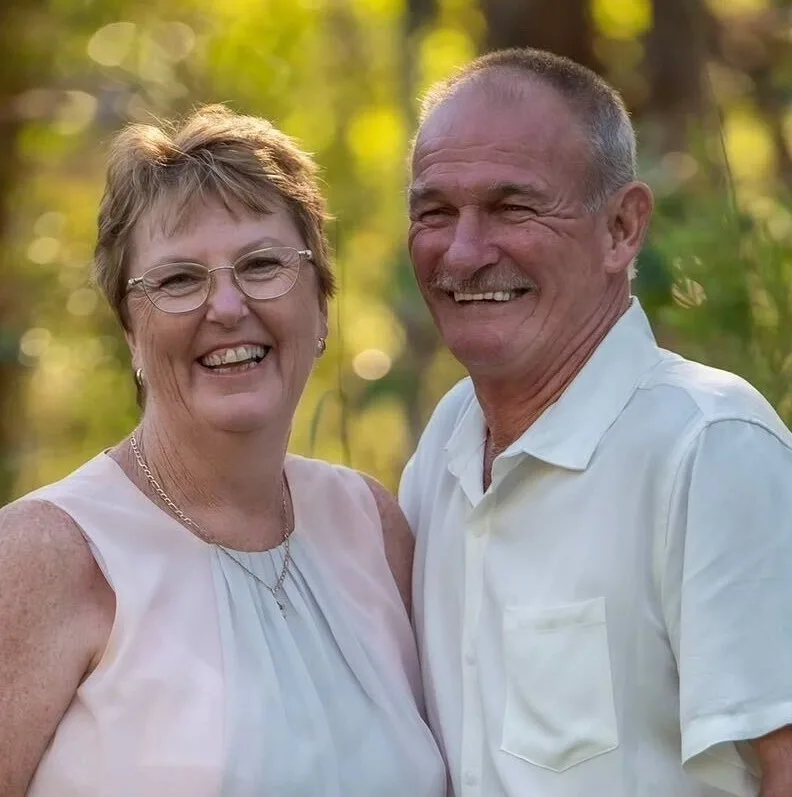The best way to save money on your home insurance bill is to compare policies every time you go to renew. Sometimes, this doesn't even mean switching! It can be as simple as being informed about other prices so you can negotiate with your current insurer. I did this with my most recent home insurance bill and saved $200.
Peta Taylor
Publisher of Insurance


















I am looking for an insurance company which has landlord building and content insurance for a residential property with business Tennant (NDIS provider)
Hi Andy, given it’s a residential property but has a business tenant, it’s hard to say if you’ll need residential landlord insurance or commercial landlord insurance. I’d suggest calling a residential landlord insurer first and asking them about how they insure residential properties with business tenants. If you’re told that you can’t get insurance from them, I’d suggest looking into a commercial landlord policy instead. You might also find it easier to go through a broker.
I’ve purchased and moved into an apartment in the city. There are three residential apartments and three businesses in the building, and we are part of a Strata title.
Strata covers the building insurance, and I have separate contents insurance (including legal liability).
The strata deed states that all units are to have a minimum of $10,000,000 of public liability cover. I understand PL for the businesses, however, can it be purchased to cover residential?
Hi Brenton, Most comprehensive home and contents insurance policies will also include a public liability component – but you’ll need to check the product disclosure statement (PDS) to see what the level of cover is.
PLEASE ADVISE WHERE PERSONS HAVE BEEN ABLE TO GET HOME IBSURANCE TYPE COVER WHILST LIVING IN NURSING HOME OF BRICK CONSTRUCTION SPRINKLERED AND 24 HOUR STAFFING
Hi John,
If you’re living in a nursing home, it’s likely the building insurance is arranged by the nursing home and covered as part of your fees. You may want to get contents insurance, as this covers things like carpet, curtains and cupboards, as well as your personal belongings. Hope this helps.
I am looking for my dual occupancy home insurance
Hi Eduardo, Dual occupancy covers a few different scenarios. In multi-unit dwellings like apartments, strata insurance covers the building structure, but this is organised by the body corporate. As a renter or owner-occupier, you might consider separate contents insurance for your own possessions to protect against theft or accidental damage. Hope this helps.
Original property subdivided into Lot A, B and C. Townhouse built on A, Townhouse built on B (mine) and Lot C is Common Property and used as a driveway for both A and B properties. There is no strata title or owners corp. I am concern3d about public liability and legal cost of personal injury on the common property. My home and content insurance won’t cover the common property. Other insurance companies I have tried will only offer strata insurance if there is a strata title or owners corp. I am looking for legal liability coverage for the common property. Thanks
Hi Andrew,
Given the bespoke nature of your requirements, it would be a good idea to engage an insurance broker. They often work with specialist insurers, so they can help you get the cover you need. Best of luck!